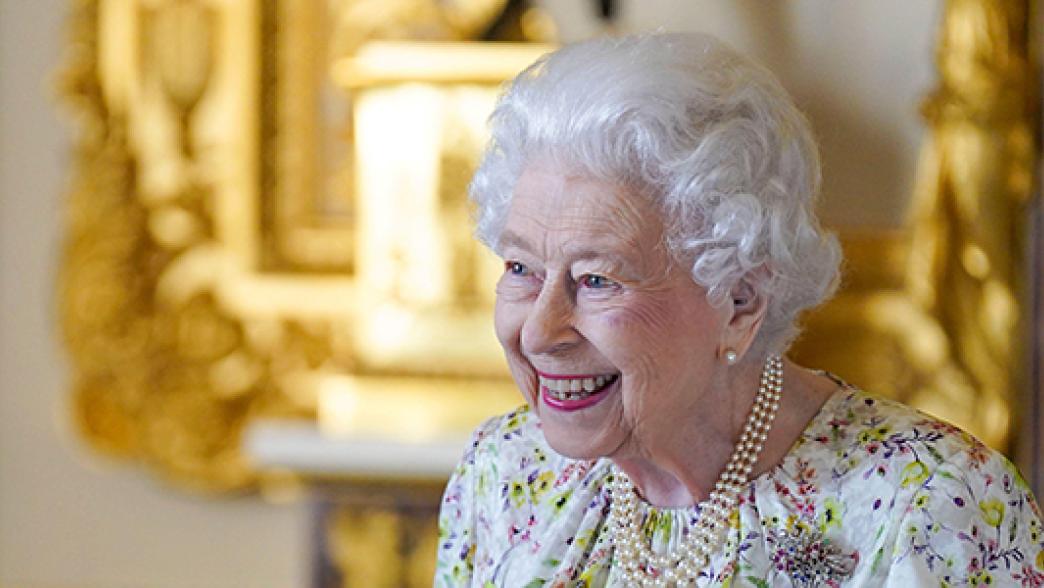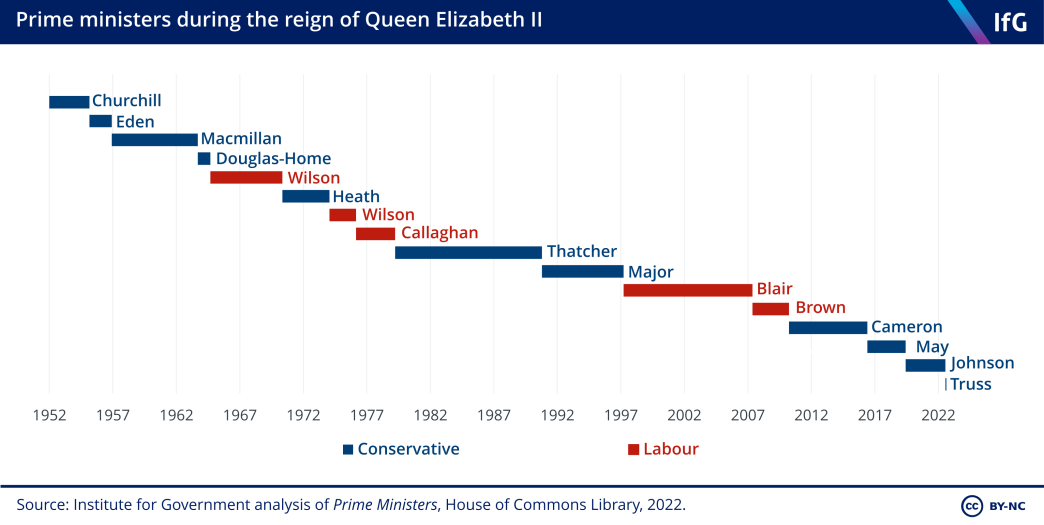Arrangements following the death of Queen Elizabeth II
The passing of the Queen triggers a huge operation to manage the state funeral and other commemorative events, and the transition to the next monarch.

The death of Queen Elizabeth II marks the end of an era. Having ascended to the throne in 1952 in the aftermath of the second world war, she was not only the UK’s longest reigning head of state (at 70 years), but oversaw one of the most dramatic periods of social and political change in the UK’s history. During her reign, Britain had 15 different prime ministers – 11 Conservative, four Labour – the first of whom was Winston Churchill.
Her passing triggers a huge operation to manage the state funeral and other commemorative events, and the transition to the next monarch.
What is Operation London Bridge?
Operation London Bridge is the plan for handling the arrangements following Queen Elizabeth II’s death. It includes arrangements for a state funeral in London and memorial services to be held in Wales, Scotland and Northern Ireland, and sets out how the government will react. Plans for Prince Charles’s accession are called Operation Spring Tide. Operation Unicorn is believed to be the name for what happens if the Queen dies while in Scotland.
While these plans have been in place for many decades, they have been regularly reassessed and updated. Because each of the events will happen in a short space of time and involve a considerable number of carefully co-ordinated formal and ceremonial actions. they are planned in great detail – though some aspects of the plans will have been kept highly confidential for security purposes. There are also some details that depend on the timing and location of the Queen’s death, and others – like the detailed mourning guidance – that will be adapted at the time to reflect the mood of the nation.
The main arrangements span 10 days, beginning with the announcement of the Queen’s death and ending with the day she is laid to rest. These plans include formal proclamations for her successor, the King, a four-nation tour for the new monarch and a large gathering of heads of state, international leaders and diplomats in London for the state funeral.
Why is it called Operation London Bridge?
Code names are typically used for plans relating to the death of members of the royal household. When King George VI died in 1952, officials used the phrase ‘Hyde Park Corner’ to ensure that the Buckingham Palace switchboard operators did not get the news before the prime minister. Royal funeral plans have often been named after prominent bridges in the UK: the Queen Mother’s was named Operation Tay Bridge, and the Duke of Edinburgh’s Operation Forth Bridge.
What happens when?
Immediately following the Queen’s death a ‘call cascade’ will have occurred. Alongside family members, the Queen’s private secretary will have brokens the news to the prime minister and the cabinet secretary.
The heads of government in Scotland, Wales and Northern Ireland – as well as the 14 other Commonwealth nations for which the Queen was head of state – will also have been told.
The privy council – ministers, former ministers and others who formally advise the monarch – will also have been informed before the news was made public through the Palace informing the BBC and PA News, and an announcement on social media. As is traditional, a short black notice has been placed at the gates of Buckingham Palace and all other non-urgent announcements by the government have been paused. Flags are flying at half mast, and ceremonial decorations have been put away.
Is the succession immediate?
Charles automatically became King on the death of Queen Elizabeth. The new monarch traditionally addresses the nation within a day of the last monarch’s passing.
Soon after a monarch’s death, the Accession Council – a body of high-ranking officials, including privy councillors and ministers of the great office of state – confirms the new monarch. This does not have to happen immediately – the heir succeeds to the throne automatically.
What is national and royal mourning?
Following the death of Queen Elizabeth, the UK has entered a period of national mourning, which will last until the end of the day of the state funeral.
This is distinct from the period of royal mourning, which will be observed by the Royal Family, their households, and troops on ceremonial duties. The King has announced that the period of royal mourning following the death of the Queen will continue for seven days following the state funeral.
What happens in parliament?
Proceedings are suspended until MPs gather to pay their tributes during the mourning period. MPs will meet on Friday 9 September and Saturday 10 September where the prime minister will address the House of Commons and members of the House of Lords will give their own tributes in a special sitting. Normal business is expected to be suspended for the period of mourning leading up to the state funeral, though parliament can reconvene to undertake emergency business.
What happens in government?
While the Queen’s passing is a major moment for the country, the government’s emphasis will be on continuity: departments will continue with their work. But all non-urgent announcements will have been paused and social media will be carefully managed. Non-urgent events will be postponed and some meetings will be rearranged. Civil servants will not be required to wear mourning dress although they will be advised to conduct themselves appropriately. Officials will also be updating documents and protocols to reflect the accession of the King. Ministers and privy council members must attend certain events and follow certain protocols – though with the clear direction that government business is to continue.
Alongside the prime minister and ministers leading tributes, the government’s main role is to co-ordinate its part in arrangements for the state funeral. The Palace, with the Earl Marshal in the lead, is in charge of the management of the Operation London Bridge plans, while the Cabinet Office co-ordinates government activity. Some departments will have a bigger role in funeral arrangements than others. The Foreign Office, for example, will co-ordinate travel arrangements, protocols and security for the many foreign dignitaries who will attend. The Home Office will prepare security arrangements for what will likely be the largest gathering of heads of state and dignitaries since Churchill’s funeral in 1965.
What is the guidance for other organisations and businesses?
Guidance published by the government states that businesses, public services, and other organisations are not obliged to suspend, cancel or postpone events and activities during the period of national mourning. However, it is acknowledged that organisations may wish to postpone or cancel events depending on their tone or nature, as well as their location—especially on the day of the state funeral.
Organisations and businesses may also choose to make some changes to events—for example, through the wearing of black armbands or playing of the national anthem, or observations of silence.
As the guidance makes clear, any changes made to events or other activities are at the discretion of individual businesses and other organisations.

- Keywords
- Business
- Institution
- Monarchy
- Public figures
- Queen Elizabeth II
- Publisher
- Institute for Government